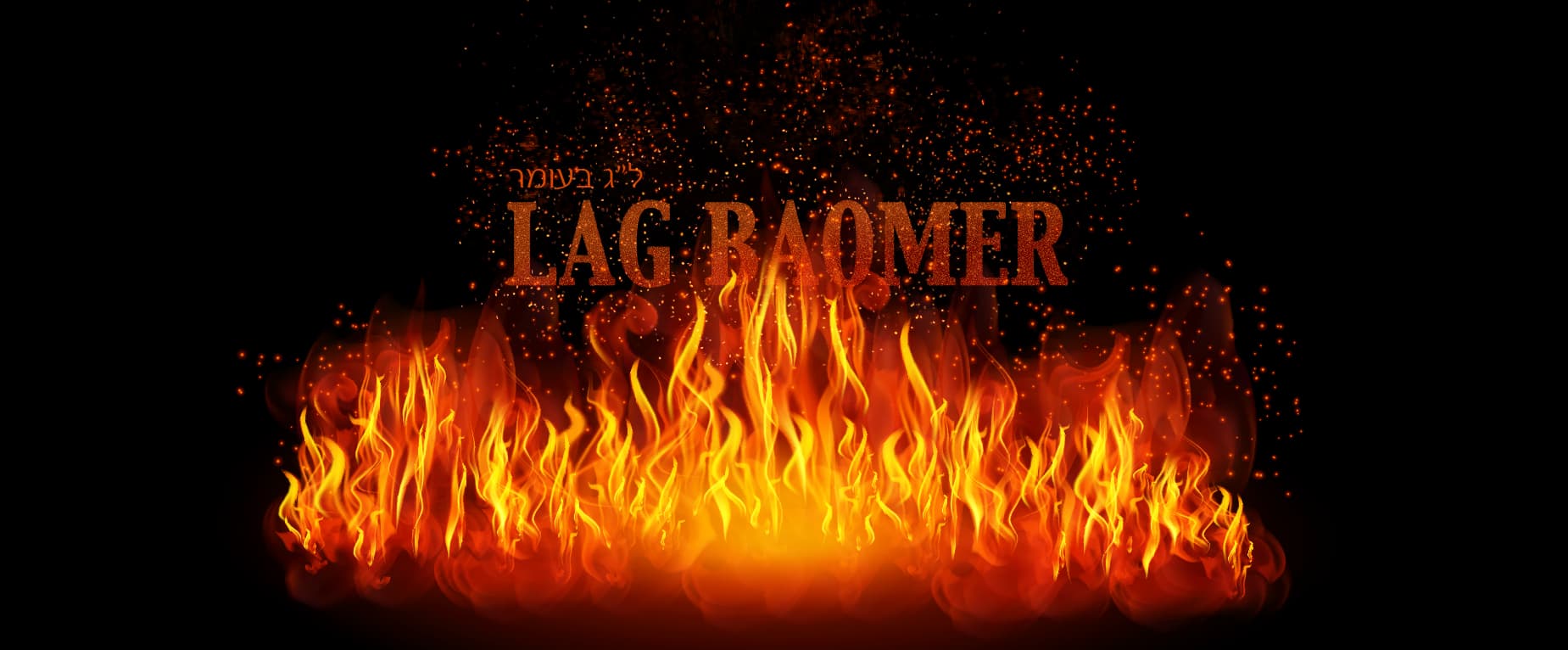LAG BA’OMER LESSONS IN JIGZI
Here are some of our top Lag Ba’Omer interactions for you and your children to learn and enjoy! See what other parents and educators have created for Lag Ba’Omer.

LAG BA’OMER LESSONS IN JIGZI
Here are some of our top Lag Ba’Omer interactions for you and your children to learn and enjoy! See what other parents and educators have created for Lag Ba’Omer.
FREE LAG BA’OMER E-BOOK
Great resources, ideas, activities and games for you to do together with your children to make Lag Ba’Omer more fun and exciting.
Note: The English e-Book has been updated for Jigzi activities.
(Available in English, Hebrew and French)
Rabbi Johnny Solomon explains how Lag Ba’Omer is a multi-layered day of celebration which is often misunderstood. He explains the different elements of this mysterious day and suggests how it can be explored further – both with your children and students. Read more…
Rifki Orzech discusses the customs of Lag Ba’Omer – haircuts and bonfires, together with the history of these customs. Read more…
Rifki Orzech discusses the rituals and customs of Lag Ba’Omer, a festival that has traditionally stood for many different ideas. Read more…
Create your own Lag Ba’Omer games in Jigzi using our GREAT image collection for telling the history of Lag Ba’Omer and its customs.
Look for the Lag Ba’Omer theme!
Jewish Interactive is a registered
501(c)(3) in the US with tax ID 46-1331618
The Jewish Interactive Educational Trust is a Section 18A (1)(a) in South Africa
(Registration IT36/2012) (PBO 930 038 343)
Jewish Interactive is a registered charity
in the UK (Charity Number 1151408)


Ji United States
Tel: +1 (866) 601-8000
Ji United Kingdom
Tel: +44 (0)79 6641 4417
Ji South Africa
Tel: +27 (79) 886 5326
Ji Israel
Tel: +972 (0) 54-597 9555